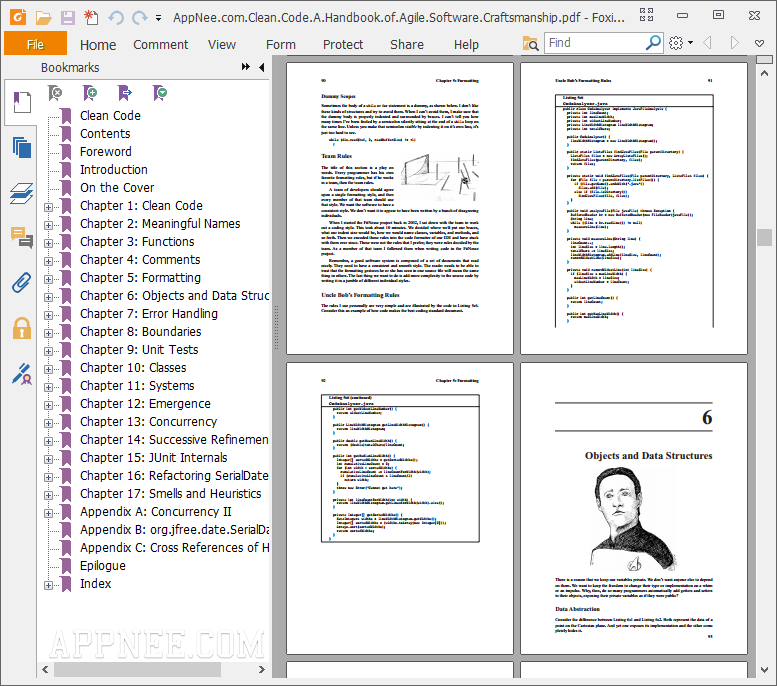
The quality of software, not only depends on its architecture and project management, but also is closely related with the code's quality. Bad, untidy code can run normally to some extent, but that will bring potential obstacles to the whole development team, as sure as a gun. As a result, that will greatly increase development time, resources and other costs. This same applies to both agile software development and traditional software development.
The concept came forward in Clean Code: A Handbook of Agile Software Craftsmanship is - code quality is proportional to its cleanliness. Clean code is not only reliable in terms of quality, also lays a good foundation for later maintenance and upgrade. In book, Robert C. Martin gave a series of effective operating practices for clean code based on the authors' years of experience, which reflected as lines of rules (or called "enlightenment") along with positive & negative examples from real projects. As long as follow these rules, you can write clean codes, thus effectively improve the quality of code.
In a word, for all programmers who are interested in improving their code quality, when finishing Clean Code: A Handbook of Agile Software Craftsmanship, you will definitely become a better programmer.

Table Of Contents
- Chapter 1: Clean Code
- Chapter 2: Meaningful Names
- Chapter 3: Functions
- Chapter 4: Comments
- Chapter 5: Formatting
- Chapter 6: Objects and Data Structures
- Chapter 7: Error Handling
- Chapter 8: Boundaries
- Chapter 9: Unit Tests
- Chapter 10: Classes
- Chapter 11: Systems
- Chapter 12: Emergence
- Chapter 13: Concurrency
- Chapter 14: Successive Refinement
- Chapter 15: JUnit Internals
- Chapter 16: Refactoring SerialDate
- Chapter 17: Smells and Heuristics
- Appendix A: Concurrency II
- Appendix B: org.jfree.date.SerialDate
- Appendix C: Cross References of Heuristics
Download URLs
 (3.60 MB | Homepage)
(3.60 MB | Homepage)